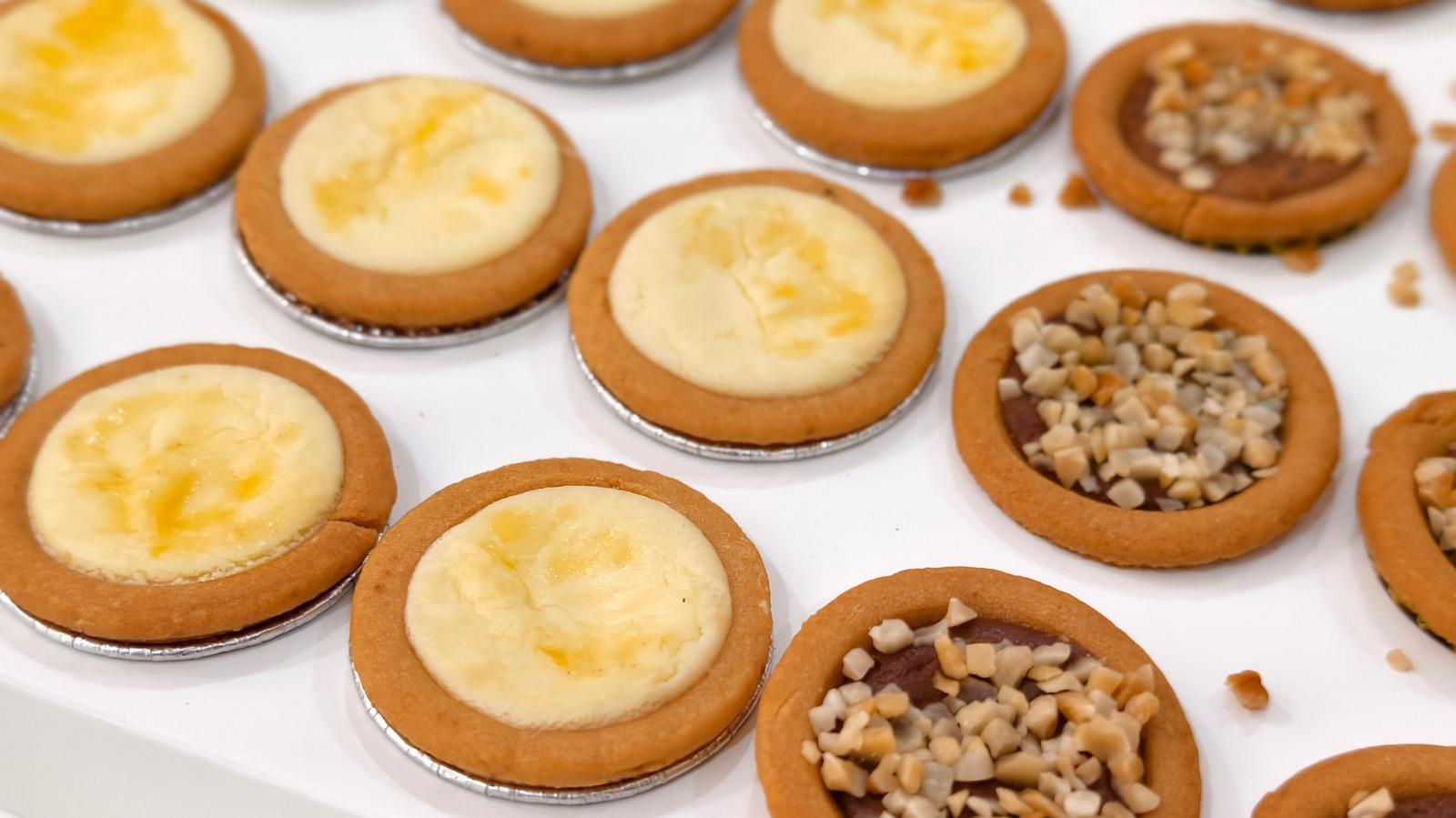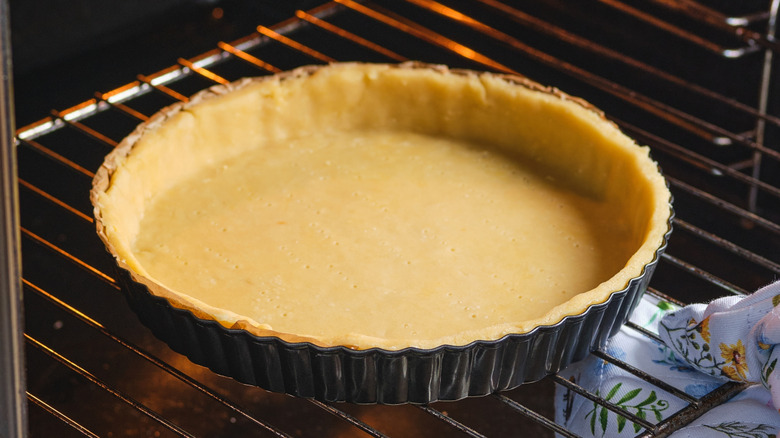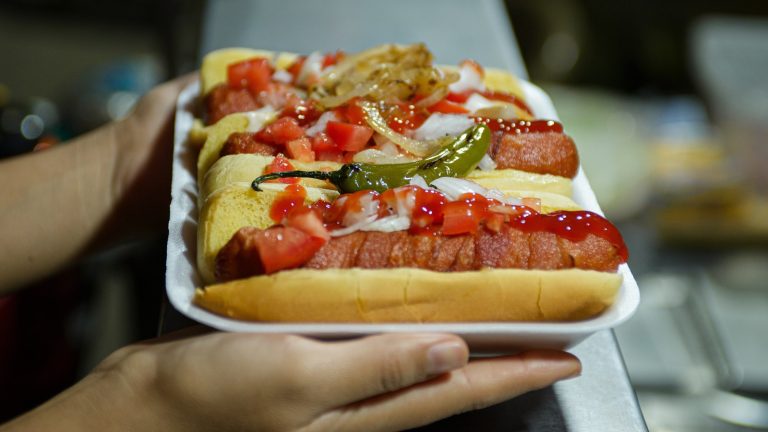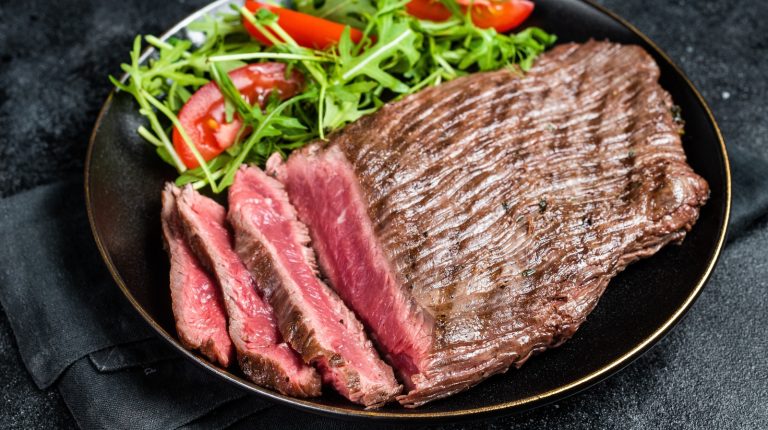The pastry world is filled with so many different delights, from cakes and pies to tortes and tarts. While their definitions may overlap, executing each treat perfectly requires precise technique. One kind of crowd-pleasing pastry with a texture that can be difficult to nail is a cheese tart. These feature a flaky shortbread crust and subtly sweet cream cheese filling (similar to Hong Kong-style egg tarts but with cheese instead of custard), and the textural contrast between the crust and the filling is exactly what makes these treats enticing — and challenging to bake.
For the full dish on how to make brag-worthy cheese tarts every time, Chowhound consulted Yami Mercado, pastry chef at Cindy’s Rooftop at the Chicago Athletic Association. Mercado says, “the key to a flawless cheese tart starts with the crust.” To ensure your crust can withstand the creamy filling, she advises to “avoid adding too much liquid to the dough — it can lead to a soggy base. Also, use cold butter and chill the dough before baking. This helps maintain the structure and ensures a crisp, flaky crust.” With cheese tarts, it can feel like you’re forced to choose between perfecting the filling texture or the crust texture, but Mercado has a clever trick to circumvent that. “Coat the tart shell with a thin layer of cocoa butter or white chocolate (if you’re making a sweet tart),” she says. “This acts as a barrier, preventing the crust from absorbing too much moisture and getting soggy.”
Avoid these common mistakes for expertly crafted tarts
Baking may be a fun and relaxing activity, but it’s also an exact science. Novice bakers should look out for and avoid some common crust pitfalls when deciding to tackle cheese tarts. The first mistake you could make, says Yami Mercado, would be “not par-baking the crust.” Par-baking, a common technique used by celebrity baker Paul Hollywood to avoid soggy crusts, just means partially cooking your crust in the oven before adding your filling. According to Mercado, “this step ensures that the base stays firm and doesn’t turn into a mushy mess once the filling is added.”
Even before par-baking the dough, though, Mercado warns that it would be a mistake not to chill it. “Cold dough helps maintain structure and flakiness,” she says. On a similar note, she advises that bakers should also avoid overworking the dough. “Less is more when it comes to mixing. Overworking can develop too much gluten, leading to a tough crust.” This common error may also be the culprit behind ruined cookies or overly chewy pizza crust. Beyond the cocoa butter barrier trick, Yami Mercado says the simplest way to keep the textures of both your tart crust and filling at their best is not to “make the tart too far in advance — serve it within a few hours of baking.”





